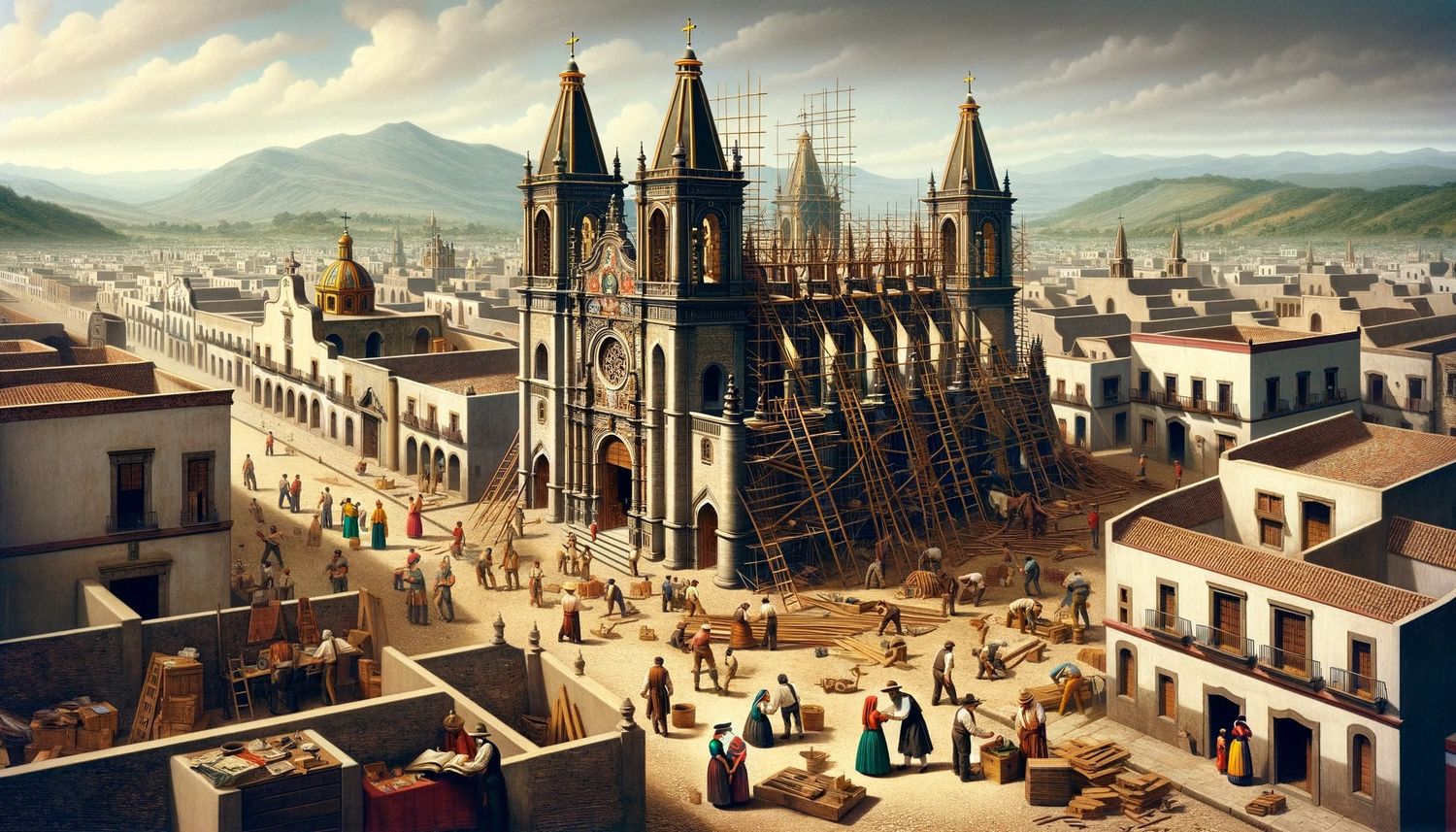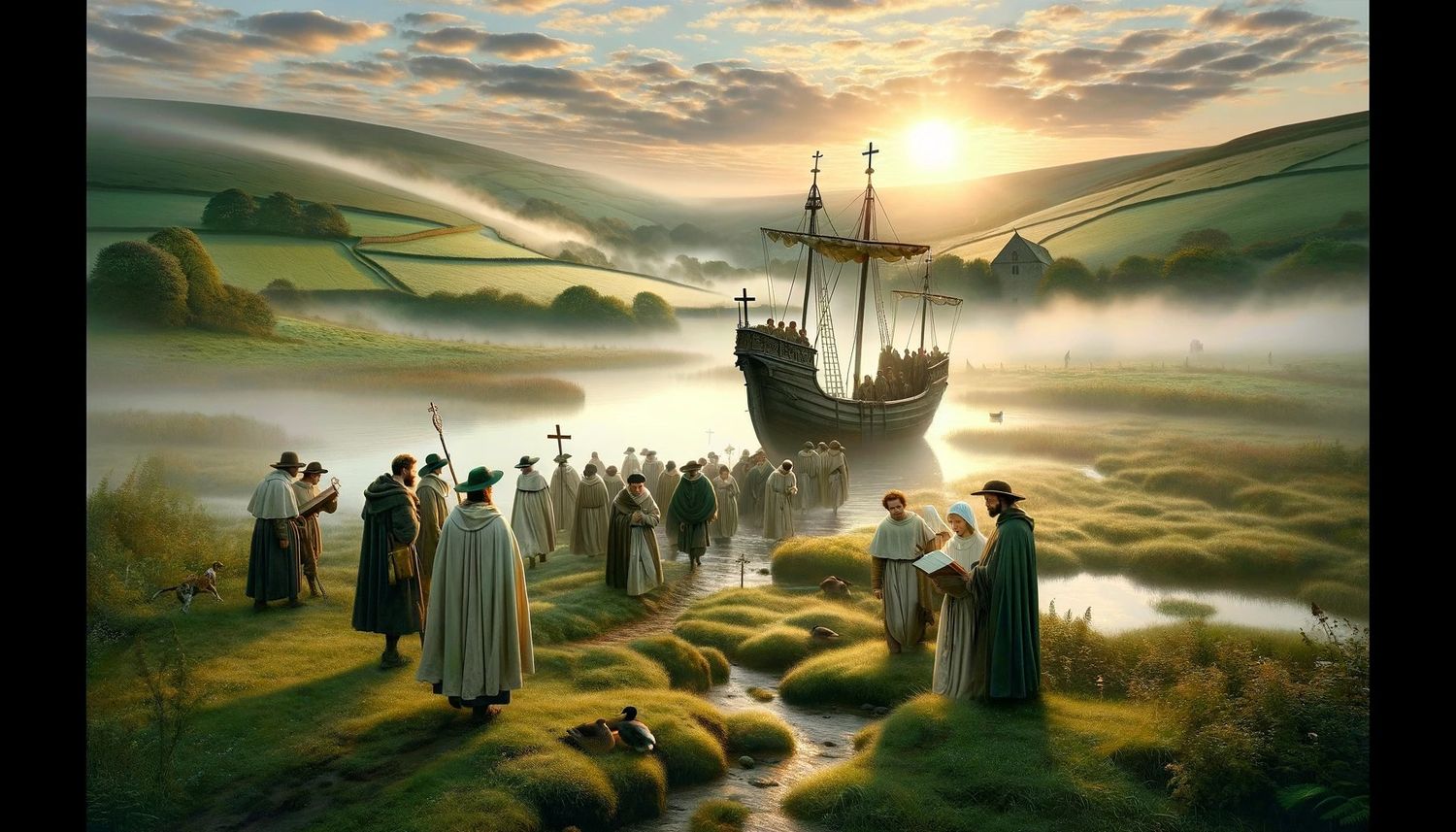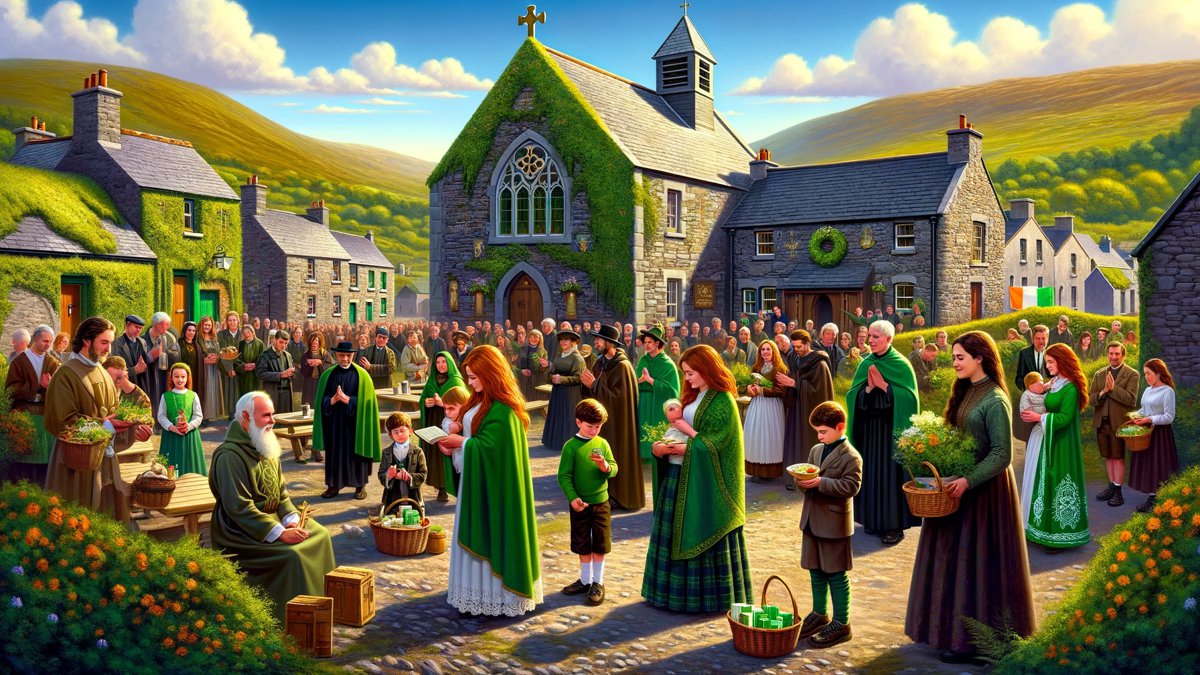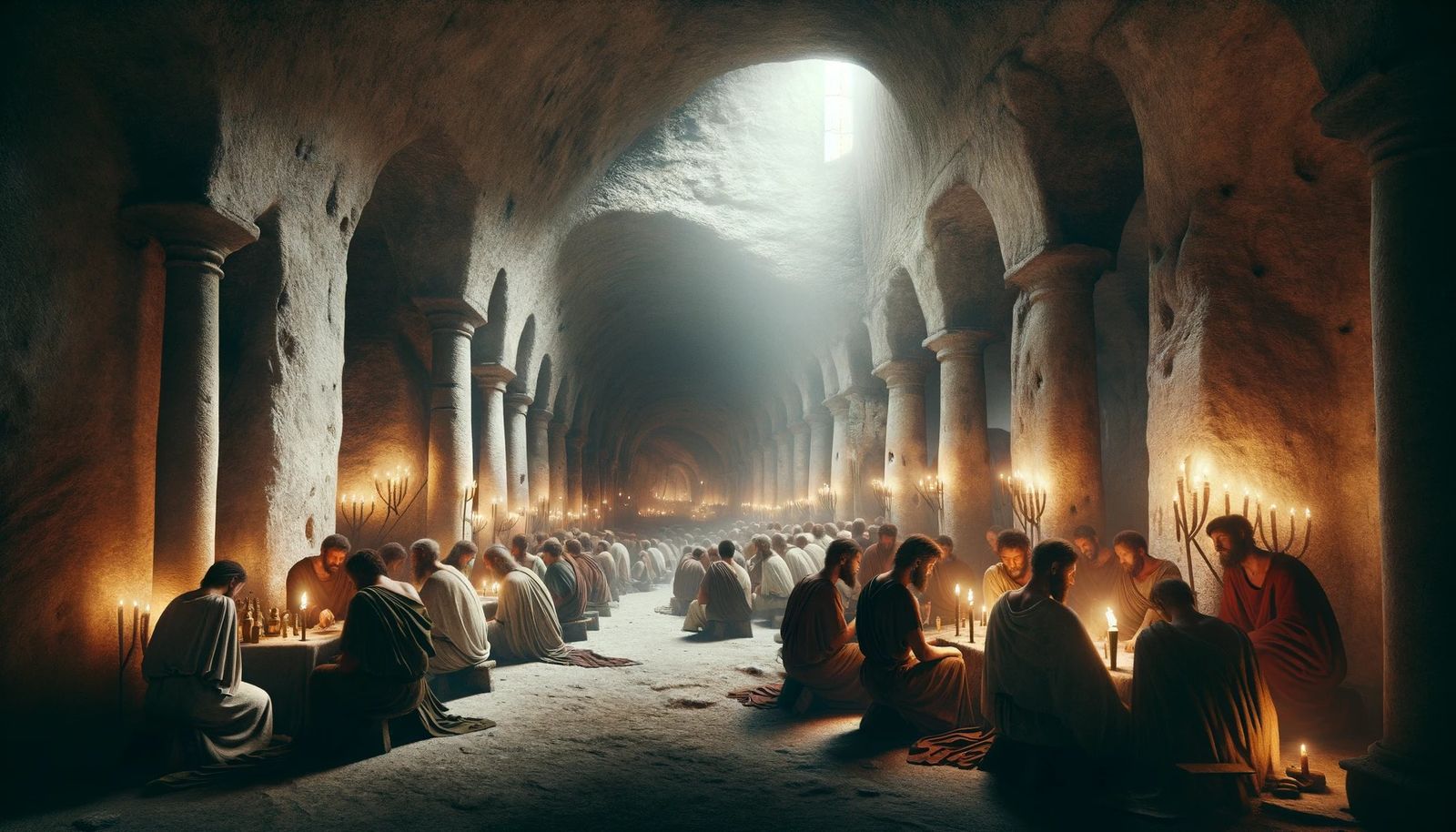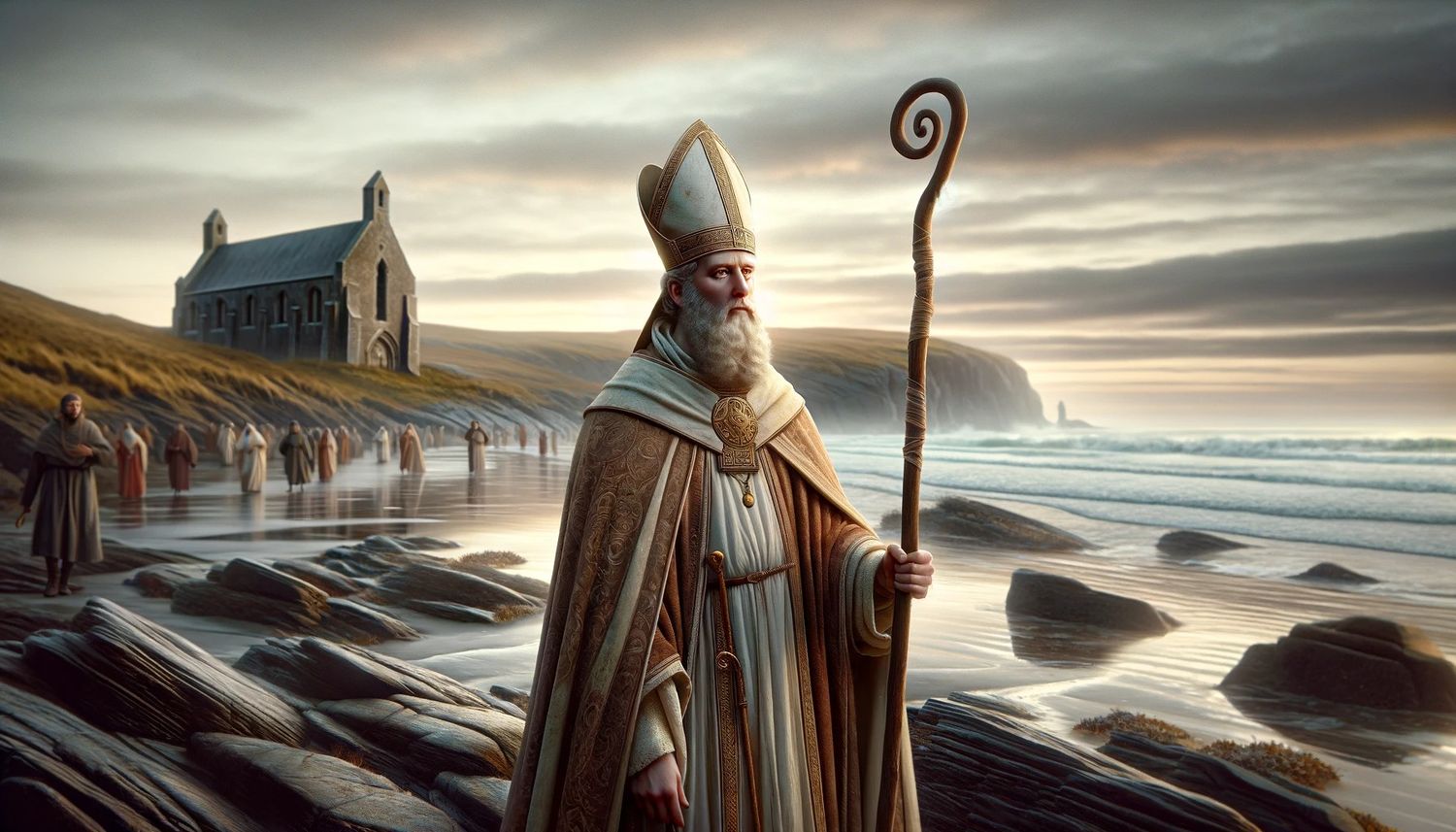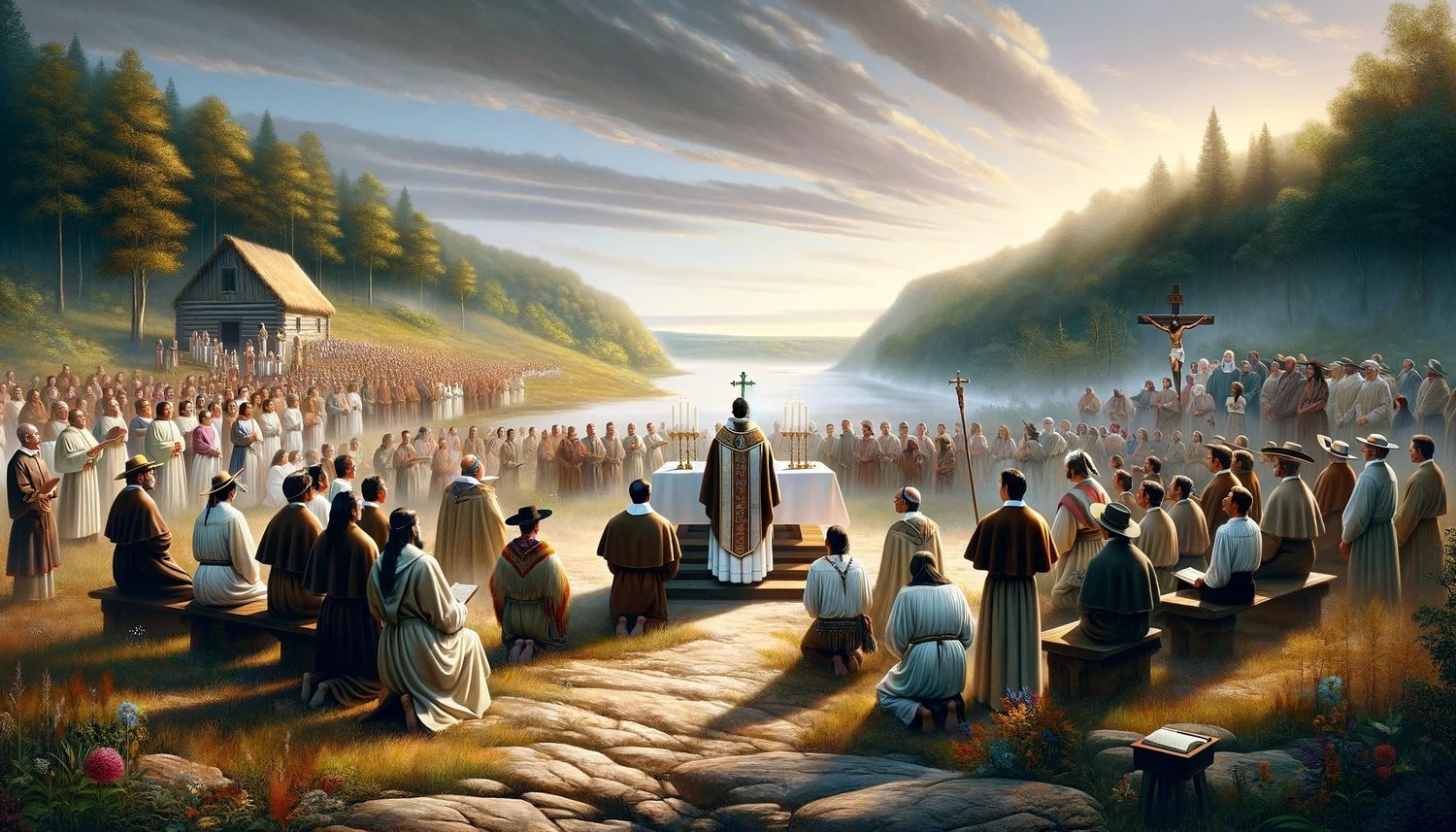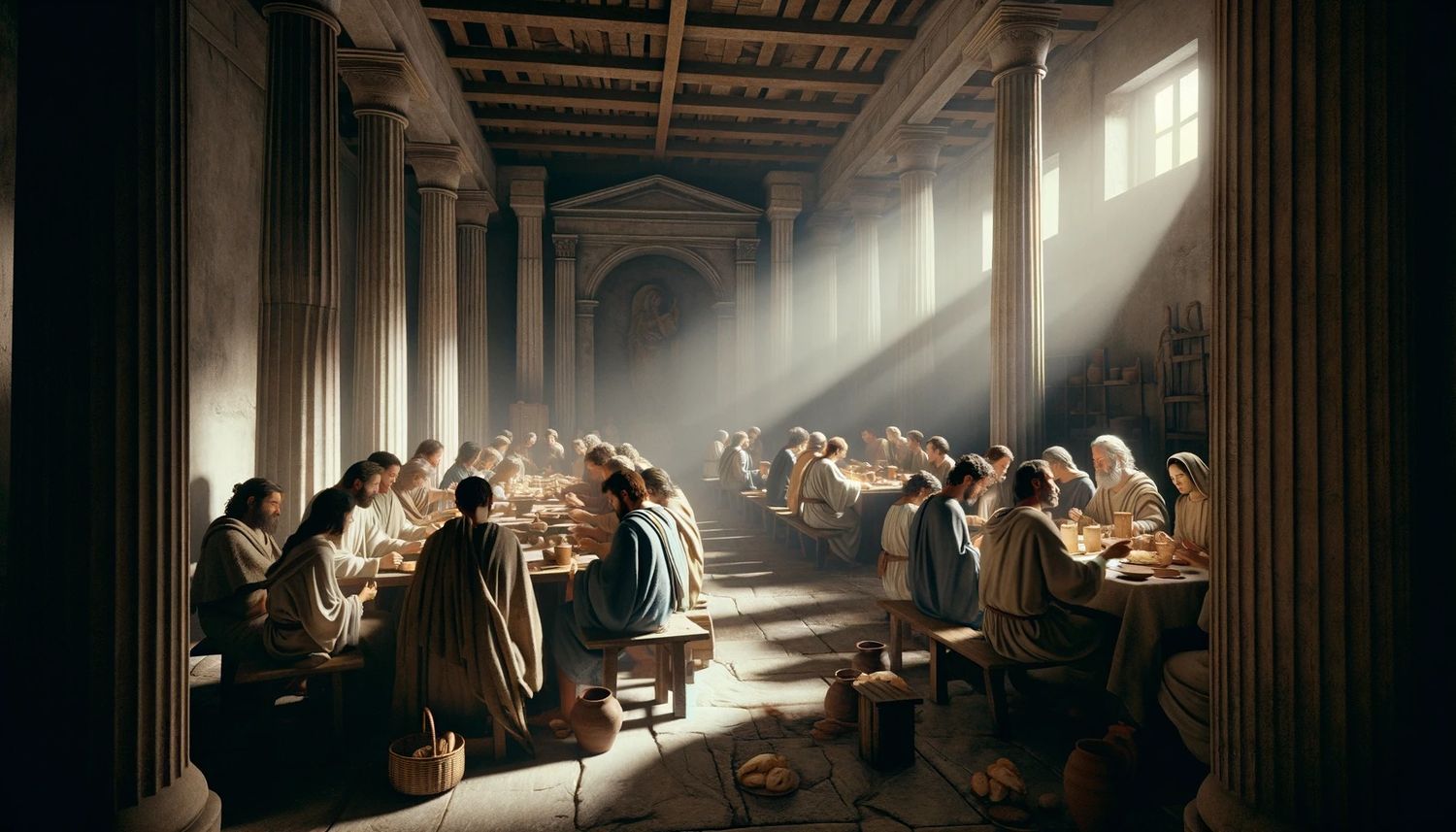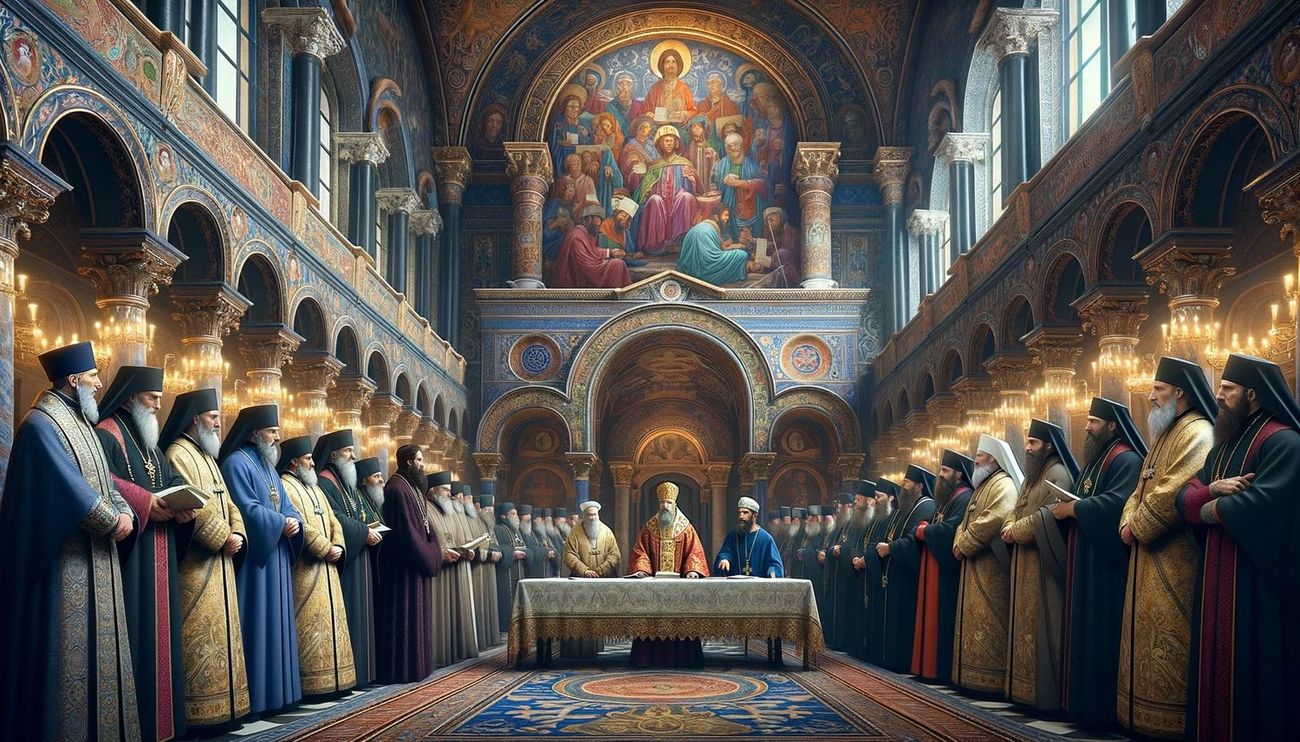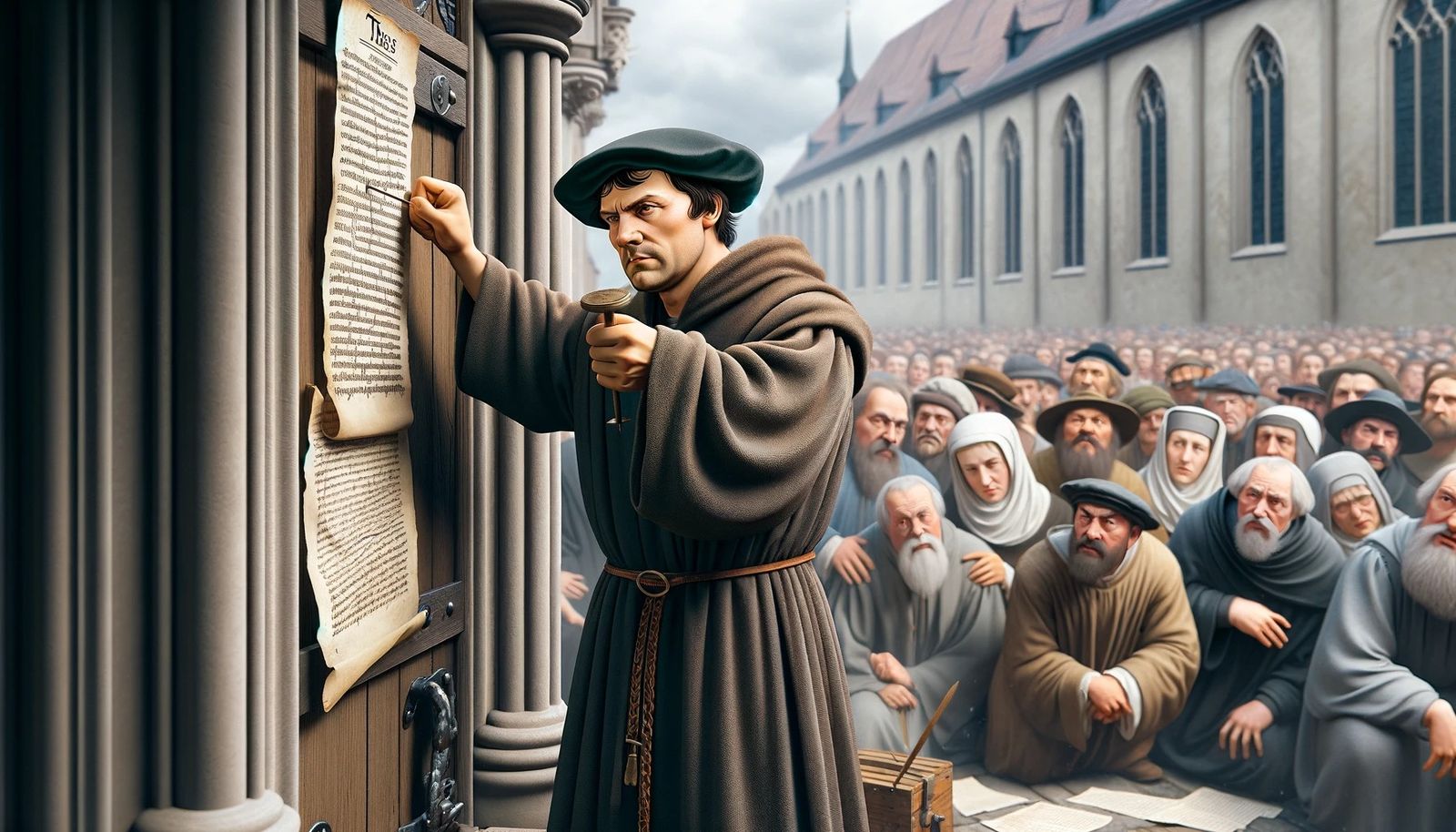Home>Theology and Spirituality>When Was Catholicism Brought Into Peru
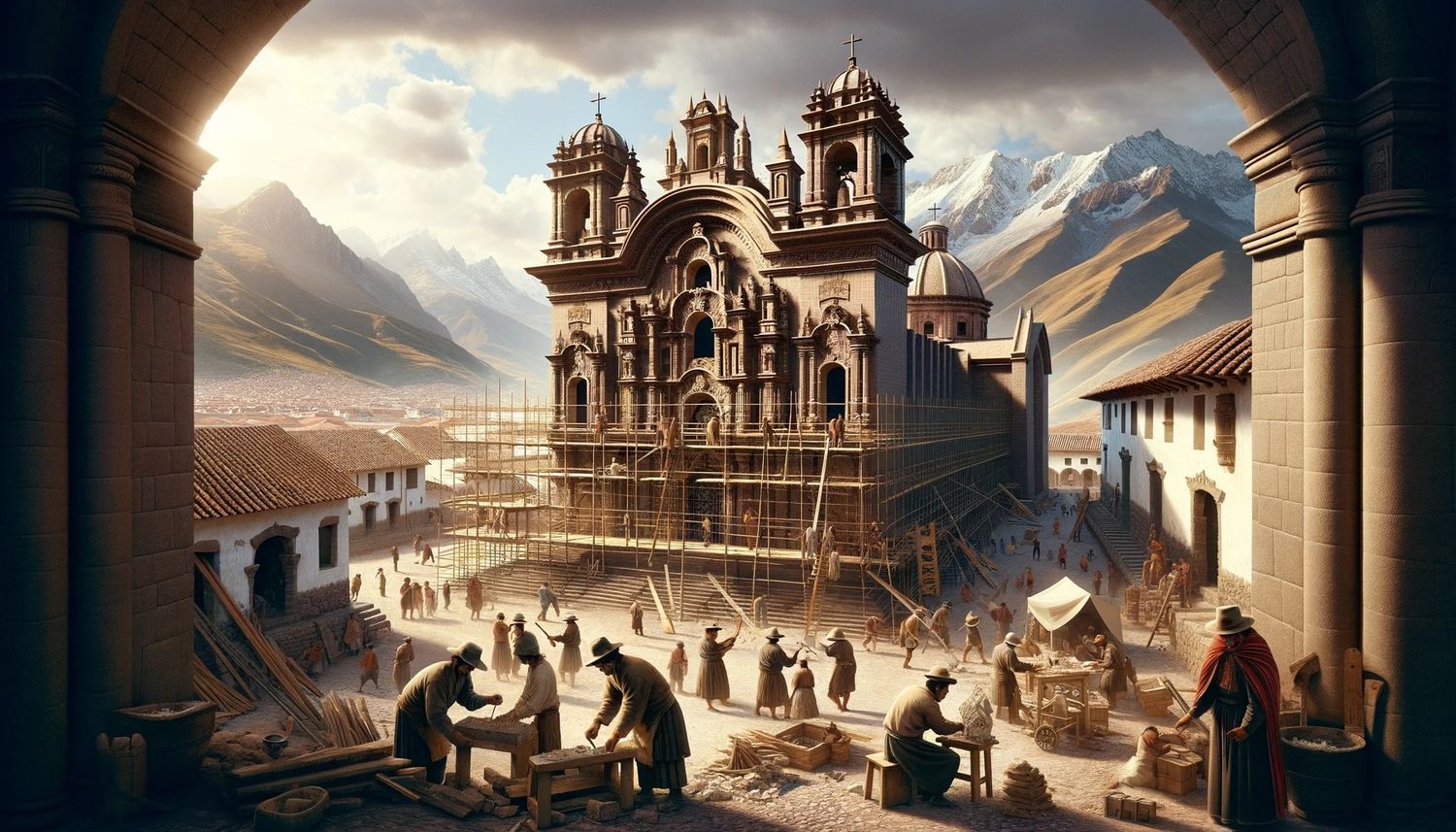

Theology and Spirituality
When Was Catholicism Brought Into Peru
Published: February 18, 2024
Peter Smith, Editorial Director at Christian.net, combines deep insights into faith, politics, and culture to lead content creation that resonates widely. Awarded for his contributions to religious discourse, he previously headed a major organization for religious communicators, enhancing dialogue on faith's societal impacts.
Discover the history of Catholicism in Peru and its impact on theology and spirituality. Learn about the introduction and development of the faith in this South American country.
(Many of the links in this article redirect to a specific reviewed product. Your purchase of these products through affiliate links helps to generate commission for Christian.net, at no extra cost. Learn more)
Table of Contents
Introduction
The history of Catholicism in Peru is a captivating journey that intertwines spirituality, culture, and the dynamics of societal transformation. As we delve into the origins and evolution of Catholicism in this South American nation, we are presented with a tapestry of religious traditions, conquests, and the enduring influence of faith on the Peruvian people.
This exploration invites us to ponder the profound impact of Catholicism on Peru's cultural identity, social structures, and religious practices. From the ancient beliefs of the indigenous peoples to the arrival of Spanish conquistadors, the narrative of Catholicism in Peru is a testament to the resilience and adaptability of religious ideologies in the face of historical upheavals.
Join me as we embark on a journey through time, unraveling the intricate threads of Peru's spiritual heritage and the enduring legacy of Catholicism in this diverse and vibrant nation.
Read more: Who Brought Catholicism To Poland
Pre-Columbian Religion in Peru
Before the arrival of Catholicism, Peru was home to a rich tapestry of indigenous cultures, each with its own unique religious beliefs and practices. The Inca civilization, in particular, held a prominent place in the religious landscape of pre-Columbian Peru. At the heart of Inca spirituality was the veneration of nature and the worship of deities associated with natural elements such as the sun, moon, and earth.
The Inca people revered Inti, the sun god, as the supreme deity, attributing to him immense power and significance in their daily lives. Inti represented not only the radiant sun in the sky but also the source of life, warmth, and sustenance. The Inca's agricultural practices and societal rituals were deeply intertwined with their reverence for Inti, reflecting the profound influence of their religious beliefs on their cultural and social dynamics.
In addition to the worship of celestial deities, the Inca civilization also revered Pachamama, the earth goddess, as a symbol of fertility, abundance, and the interconnectedness of all living beings with the natural world. The concept of reciprocity and harmony with nature permeated Inca religious ceremonies and agricultural traditions, underscoring the integral role of spirituality in shaping their relationship with the environment.
Furthermore, the Inca's religious practices were often intertwined with elaborate rituals, ceremonial offerings, and sacred sites such as Machu Picchu, which served as a spiritual sanctuary and a testament to their architectural prowess. These rituals were central to the Inca's efforts to maintain cosmic balance, seek divine blessings, and ensure the prosperity of their communities.
Beyond the Inca civilization, other indigenous groups in Peru, such as the Moche, Chimu, and Nazca, also espoused their own distinct religious beliefs, reflecting the diverse spiritual tapestry that characterized pre-Columbian Peru. The intricate network of religious traditions and mythologies woven into the fabric of Peruvian society underscored the profound spiritual depth and cultural diversity that defined the region prior to the arrival of Catholicism.
The enduring legacy of pre-Columbian religious beliefs continues to resonate in modern-day Peru, serving as a testament to the resilience and enduring influence of indigenous spirituality in the face of historical transformations.
Arrival of Catholicism in Peru
The arrival of Catholicism in Peru marked a pivotal juncture in the nation's religious and cultural landscape. The introduction of Catholicism can be traced back to the early 16th century when Spanish conquistadors, led by Francisco Pizarro, embarked on their conquest of the Inca Empire. Alongside their quest for territorial expansion, the Spanish conquistadors sought to propagate the Catholic faith, viewing it as a means of consolidating their influence and asserting their religious and ideological dominance.
In 1532, the Spanish forces, bolstered by their military prowess and advanced weaponry, clashed with the Inca armies, ultimately leading to the capture of the Inca emperor Atahualpa. This pivotal moment not only signaled the subjugation of the Inca Empire but also paved the way for the systematic dissemination of Catholicism throughout the region. Spanish missionaries, fervently driven by their zeal for evangelization, commenced the arduous task of converting the indigenous population to Catholicism, viewing it as a divine mandate to "civilize" the native inhabitants and instill in them the doctrines of the Catholic Church.
The Spanish colonial authorities, in collaboration with the Catholic Church, established ecclesiastical institutions and religious orders to oversee the conversion efforts and administer the sacraments. The Franciscans, Dominicans, and Jesuits played instrumental roles in spearheading the evangelization campaigns, erecting churches, convents, and monasteries as bastions of Catholic influence. These religious enclaves not only served as centers of worship but also as hubs for imparting religious instruction, catechizing the indigenous populace, and inculcating them with the tenets of Catholic doctrine.
The syncretic nature of the conversion process gave rise to a fusion of indigenous beliefs and Catholic rituals, leading to the emergence of hybrid religious practices that blended elements of both traditions. This syncretism, while ostensibly reflecting the assimilation of Catholicism into the existing spiritual tapestry of Peru, also underscored the resilience of indigenous beliefs and their enduring influence amidst the encroachment of foreign religious ideologies.
The arrival of Catholicism in Peru thus heralded a transformative chapter in the nation's history, leaving an indelible imprint on its religious, cultural, and social fabric. The interplay of conquest, evangelization, and cultural exchange engendered a complex tapestry of religious syncretism, shaping the spiritual identity of Peru in ways that continue to resonate in the present day.
Impact of Catholicism in Peru
The impact of Catholicism on Peru has been profound and far-reaching, permeating every facet of the nation's cultural, social, and religious landscape. From the moment of its arrival, Catholicism became intricately woven into the fabric of Peruvian society, leaving an indelible imprint that continues to shape the country's identity to this day.
One of the most significant impacts of Catholicism in Peru is evident in the realm of religious practices and beliefs. The conversion of the indigenous population to Catholicism led to a syncretic fusion of traditional indigenous spirituality with Catholic rituals and doctrines. This syncretism gave rise to a unique blend of religious expressions, where indigenous deities and Catholic saints became intertwined, and traditional ceremonies incorporated elements of Catholic liturgy. The result was a rich tapestry of religious syncretism that not only reflected the adaptability of indigenous beliefs but also showcased the enduring influence of Catholicism on the spiritual ethos of Peru.
Furthermore, the introduction of Catholicism brought about a restructuring of social and cultural norms in Peru. The establishment of ecclesiastical institutions, such as churches, monasteries, and convents, served as centers for not only religious worship but also as hubs for education, healthcare, and social welfare. The Catholic Church played a pivotal role in shaping the moral and ethical framework of Peruvian society, influencing everything from family dynamics to community solidarity.
Moreover, the impact of Catholicism extended to the artistic and architectural expressions of Peru. The influence of Catholic aesthetics and iconography is evident in the ornate churches, cathedrals, and religious artworks that adorn the Peruvian landscape. The fusion of indigenous artistic traditions with European religious motifs gave rise to a distinct artistic heritage that reflects the interplay of diverse cultural influences.
In the realm of education, the Catholic Church played a foundational role in the establishment of schools and educational institutions, contributing to the dissemination of knowledge and the preservation of written records. The educational legacy of Catholicism in Peru continues to resonate in the emphasis on literacy, scholarship, and the preservation of historical and religious texts.
Overall, the impact of Catholicism in Peru is a testament to the enduring legacy of religious syncretism, cultural exchange, and the resilience of indigenous spirituality in the face of historical transformations. The interplay of diverse religious traditions has shaped the vibrant tapestry of Peru's cultural and spiritual identity, underscoring the profound and multifaceted impact of Catholicism on the nation's heritage.
Current State of Catholicism in Peru
In contemporary Peru, Catholicism continues to exert a profound influence on the nation's religious, cultural, and social dynamics. Despite the enduring presence of Catholic traditions, the religious landscape of Peru has witnessed a gradual evolution marked by shifting demographics and the emergence of diverse religious expressions.
Catholicism remains the predominant faith in Peru, with a significant majority of the population identifying as Catholic. The Catholic Church maintains a visible presence across the country, with ornate churches, cathedrals, and religious processions serving as enduring symbols of the nation's deep-rooted religious heritage. The celebration of religious festivals and feast days, infused with vibrant displays of faith and devotion, underscores the integral role of Catholicism in shaping the cultural tapestry of Peru.
However, alongside the steadfast adherence to Catholic traditions, Peru has experienced a notable rise in religious pluralism, with an increasing number of individuals embracing alternative spiritual paths. The influence of indigenous Andean cosmologies, syncretic religious practices, and the proliferation of evangelical and Pentecostal movements has contributed to a diversification of the religious landscape.
Moreover, the interplay of globalization, urbanization, and social change has engendered a complex intermingling of religious identities, with many Peruvians integrating elements of Catholicism with other belief systems. This syncretic fusion of religious traditions reflects the dynamic and adaptive nature of spirituality in Peru, highlighting the coexistence of diverse faith traditions within the broader framework of the nation's religious ethos.
In addition, the Catholic Church in Peru continues to be actively engaged in social and humanitarian initiatives, addressing issues such as poverty, healthcare, and social justice. The Church's advocacy for human rights, environmental stewardship, and the empowerment of marginalized communities underscores its ongoing commitment to social welfare and ethical stewardship.
The current state of Catholicism in Peru thus encapsulates a nuanced tapestry of religious plurality, cultural syncretism, and social engagement. The enduring legacy of Catholic traditions intertwines with the evolving religious landscape, reflecting the resilience and adaptability of faith in the face of contemporary challenges and opportunities. As Peru continues to navigate the complexities of modernity while honoring its rich spiritual heritage, the current state of Catholicism stands as a testament to the enduring legacy of faith in the nation's collective consciousness.
Read more: Who Brought Catholicism To Japan
Conclusion
The journey of Catholicism in Peru is a testament to the intricate interplay of religious traditions, cultural exchange, and the enduring resilience of spiritual beliefs in the face of historical transformations. From the rich tapestry of pre-Columbian indigenous spirituality to the arrival of Spanish conquistadors and the subsequent propagation of Catholicism, the narrative of Peru's religious evolution reflects a profound fusion of diverse influences and enduring legacies.
The impact of Catholicism on Peru's cultural, social, and religious landscape is palpable, resonating in the syncretic blend of indigenous beliefs with Catholic rituals, the architectural marvels of ornate churches and cathedrals, and the enduring influence of Catholic traditions on the nation's cultural identity. The syncretism that emerged from the convergence of diverse religious traditions stands as a testament to the adaptability and resilience of faith, underscoring the dynamic interplay of spiritual beliefs within the fabric of Peruvian society.
In the contemporary context, the current state of Catholicism in Peru reflects a nuanced tapestry of religious plurality, cultural syncretism, and social engagement. While Catholicism remains a predominant faith, the emergence of diverse religious expressions and the coexistence of multiple spiritual paths exemplify the evolving religious landscape of Peru. The Catholic Church's continued commitment to social welfare and ethical stewardship further underscores its enduring influence on the nation's collective consciousness.
As Peru navigates the complexities of modernity while honoring its rich spiritual heritage, the legacy of Catholicism stands as a testament to the enduring resilience of faith and the adaptive nature of religious traditions. The interweaving of diverse religious influences, the celebration of cultural syncretism, and the ongoing evolution of spiritual identities collectively shape the vibrant tapestry of Peru's religious and cultural identity, embodying the enduring legacy of faith in the nation's collective consciousness.
